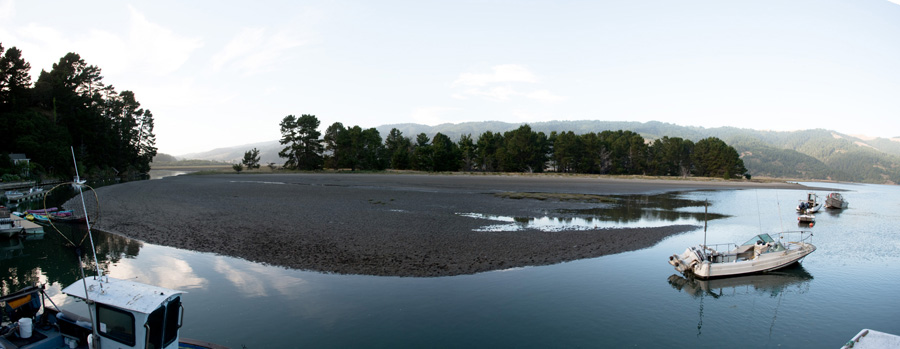Last week, the Marin County Board of Supervisors voted to replace the Bolinas Lagoon Technical Advisory Committee (BLTAC) with the new Bolinas Lagoon Advisory . . .
Lagoon council shifts gears


Last week, the Marin County Board of Supervisors voted to replace the Bolinas Lagoon Technical Advisory Committee (BLTAC) with the new Bolinas Lagoon Advisory . . .